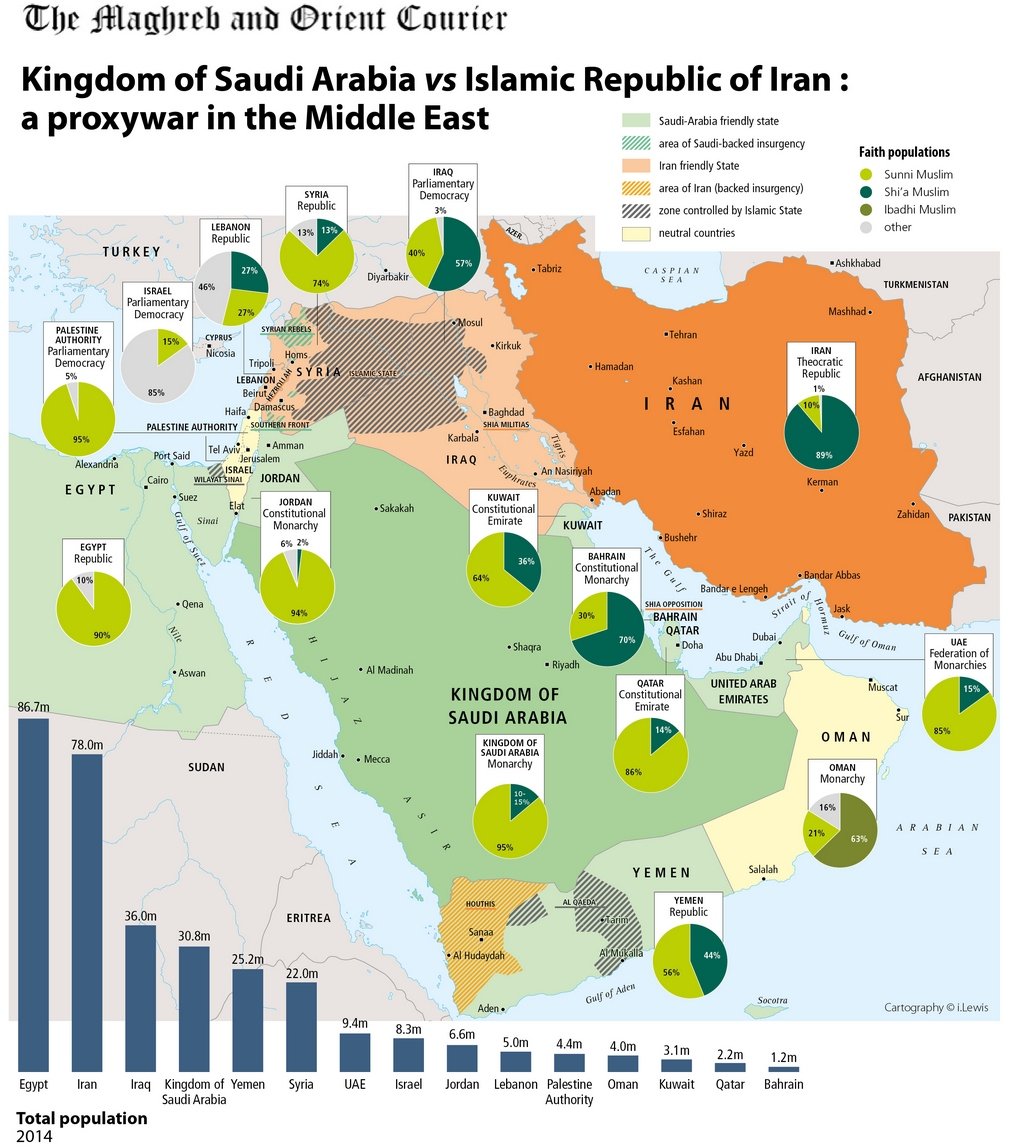In the shadowy corridors of Middle Eastern geopolitics, a series of military strikes and counterstrikes have unfolded with a complexity that belies their apparent spontaneity. At the heart of these incidents lies a tangled web of alliances and antagonisms, with Iran’s influence looming large through its network of proxy groups. This investigation delves into the intricate dance of power plays, examining whether these actions are isolated responses or part of a broader strategy in dealing with U.S interests and troops stationed across this volatile region.
The sequence began to unfold when U.S forces were targeted in Iraq and Syria by militias believed to be backed by Iran. These attacks prompted retaliatory strikes from the United States, aiming at degrading the capabilities of these proxy groups while avoiding direct confrontation with Tehran. The rationale behind this approach has been subject to scrutiny; is it merely a stopgap measure or part of a calculated effort to contain Iranian influence without escalating tensions into full-blown conflict?
To understand the dynamics at play, one must look at Iran’s strategic use of proxy warfare as an extension of its regional policy. Groups such as Hezbollah in Lebanon, Hamas in Palestine, and various Shiite militias in Iraq operate under Tehran’s patronage, offering Iran plausible deniability while projecting its power beyond its borders. These proxies serve dual purposes: exerting pressure on Iran’s adversaries while shielding it from direct retaliation.
However, this strategy presents both opportunities and challenges for U.S policy in the Middle East. On one hand, targeting these proxies can degrade their ability to launch attacks against American personnel and assets; on the other hand, it risks entrenching them further within local communities they often claim to protect or represent—thereby complicating efforts for any long-term resolution.
Recent strikes against militia positions have indeed inflicted significant damage but have also raised questions about their effectiveness as a deterrent. Following each U.S action, there has typically been an uptick in hostile activities attributed to these groups—a pattern suggesting that such measures may only yield temporary respite rather than lasting security.
Moreover, there is growing concern among analysts that focusing too narrowly on proxies might allow Iran to continue enhancing its military capabilities indirectly—including advancing its ballistic missile program and supporting insurgencies across the region. In essence, while immediate threats can be neutralized through tactical operations against proxy forces, addressing the broader challenge posed by Iranian ambitions requires a more nuanced strategy encompassing diplomatic engagement alongside military preparedness.
As this complex scenario continues to evolve, several key questions emerge: Can sustained pressure on proxy groups compel Iran to reconsider its regional posture? Or does each strike merely set the stage for another round in an endless cycle of reprisals? And importantly—what role will diplomacy play amidst these high-stakes maneuvers?
Understanding these dynamics is crucial not just for policymakers but also for anyone interested in unraveling the intricacies of Middle Eastern geopolitics where every action triggers reactions both seen and unseen—and where today’s enemy could be tomorrow’s ally.

Leave a Reply